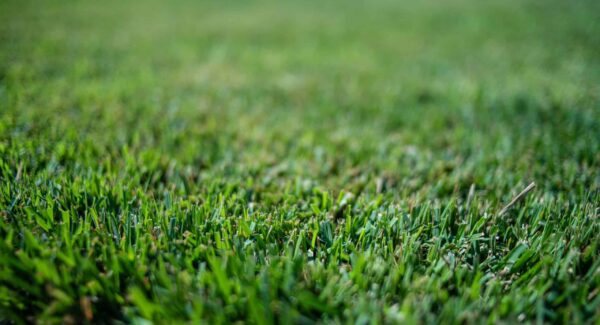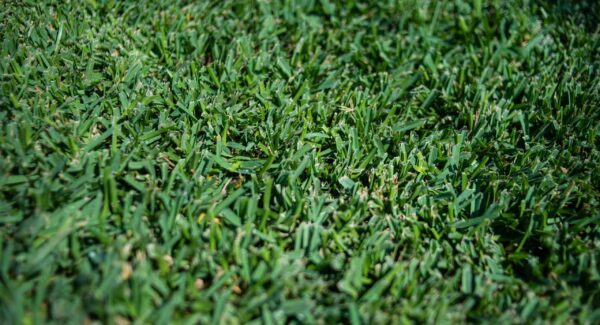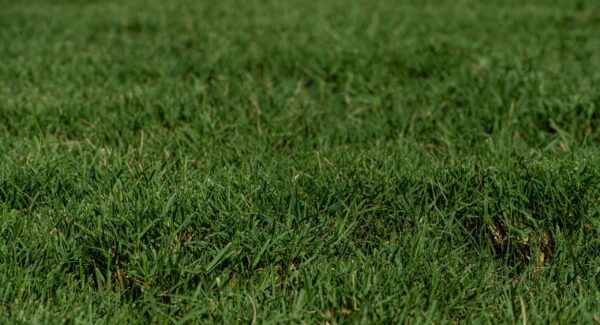Should You Rake Leaves?
When autumn arrives, the yearly debate begins: should you rake those fallen leaves off your lawn or let them stay put? Traditional lawn care advice often warns that fallen leaves can suffocate grass, yet recent insights suggest otherwise approach. Leaves contain vital nutrients that, when left to decompose, naturally enrich the soil and benefit the grass. However, an overly dense layer can smother the lawn, blocking sunlight and potentially promoting fungal growth. Interestingly, a moderate layer of leaves can foster a mini-ecosystem, creating habitats for beneficial insects, pollinators, and small wildlife, contributing to lawn health and biodiversity.
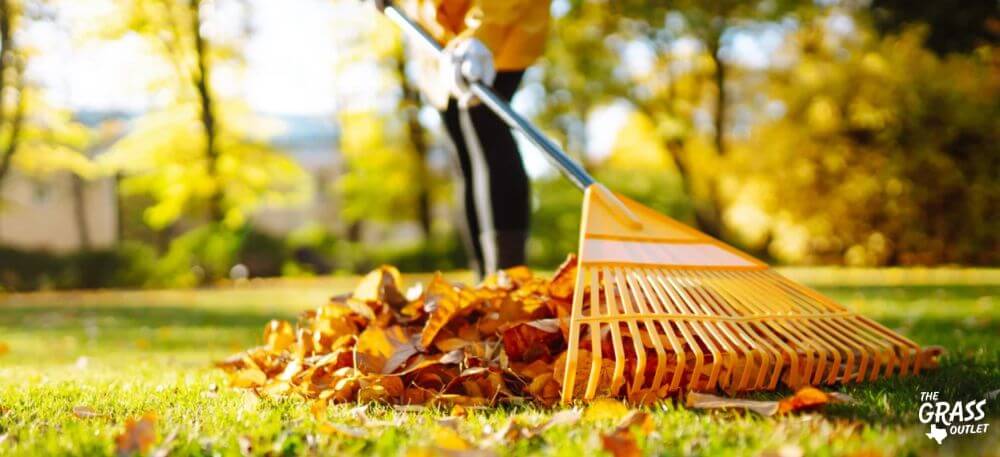
Why Leaves Fall and Their Impact on Your Lawn
Leaves fall as part of a natural cycle that helps trees prepare for winter. In autumn, shorter days and cooler temperatures signal trees to begin shedding their leaves to conserve energy. By dropping leaves, trees reduce water loss through evaporation, allowing them to survive the harsh winter months. While this process is essential for trees, fallen leaves can have a mixed impact on your lawn.
On the positive side, leaves break down over time, returning nutrients to the soil and enriching it for healthier growth. However, if left in thick layers, they can smother grass, block sunlight, and create a damp environment that promotes fungal growth. Raking or mulching the leaves can help maintain a healthy balance, allowing your lawn to receive the benefits of organic matter without the drawbacks of excessive coverage.
Benefits of Leaving Leaves on Your Lawn
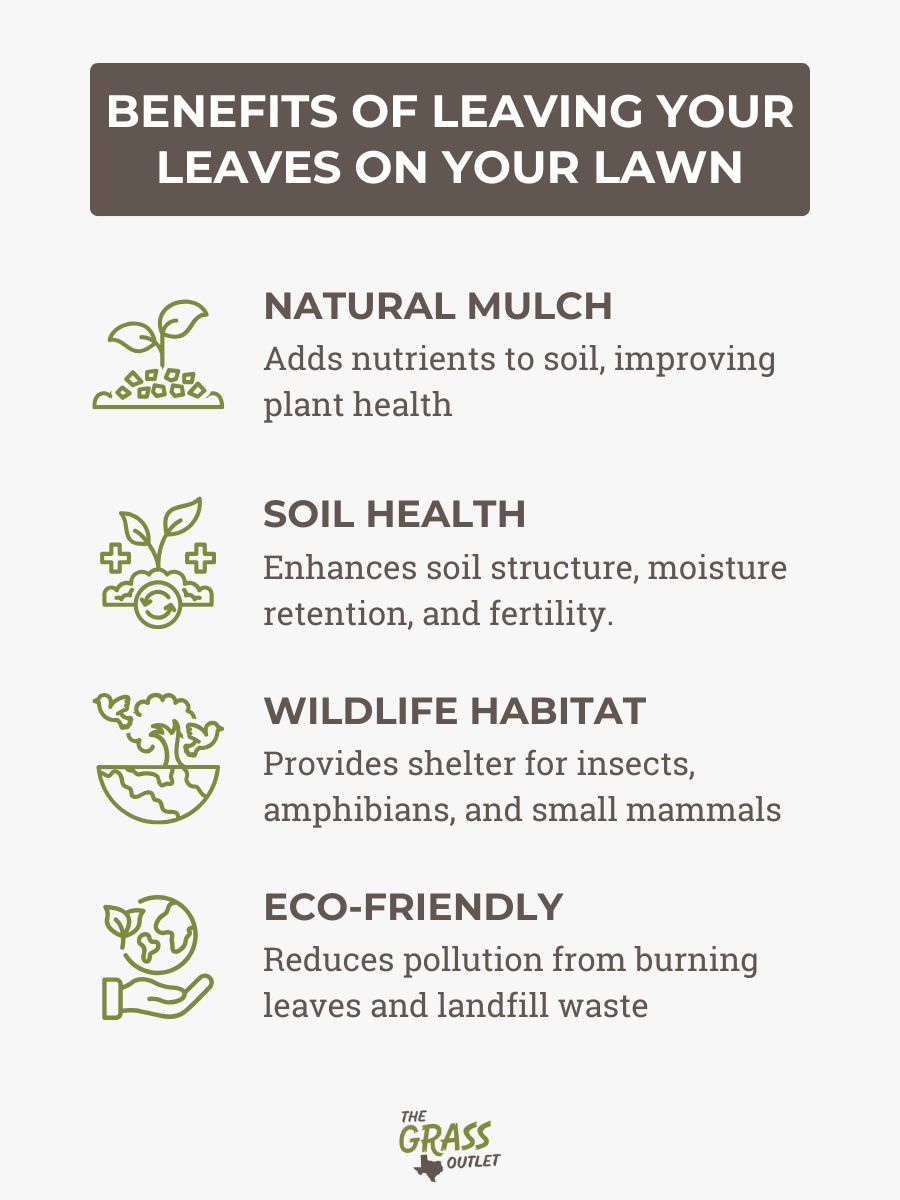
Natural Mulch and Fertilizer
Leaves naturally break down, adding valuable nutrients back into the soil, which can help your lawn and plants thrive. When leaves decompose, they return nutrients to the soil, naturally fertilizing plants and trees.
Improves soil health and promotes microbial activity
Decomposing leaves enrich the soil with organic matter, improving its structure. This organic material attracts beneficial microbes and earthworms, which naturally aerate the soil and improve its fertility, creating an ideal environment for plant roots to flourish. At the same time, it improves soil structure, moisture retention, and nutrient content, which contribute to your lawn health.
Wildlife Habitat
Fallen leaves provide a natural habitat for insects, amphibians, and small mammals during winter. This helps maintain a balanced and diverse ecosystem in your yard, benefiting plants and animals. Raking them up can disrupt these ecosystems and reduce biodiversity in your yard. The longer the leaves—and any plants that have entered winter dormancy—remain undisturbed, the better the chances of survival for these small inhabitants. Additionally, their presence supports birds in the spring by providing a valuable food source.
Environmental Benefits
Raking leaves can be time-consuming and physically demanding, especially if you have a large yard with many trees. Allowing leaves to decompose naturally can save you both time and energy. Burning leaves releases carbon dioxide and other pollutants into the atmosphere, contributing to air pollution and climate change. Composting or mulching leaves is a more environmentally friendly option.
Reduces waste in landfills
This practice can also decrease the amount of waste sent to landfills. When yard waste ends up in landfills, it breaks down similarly to food waste. During decomposition, methane gas (CH4) is released into the atmosphere, which is over 25 times more damaging to the environment than CO2.
A layer of leaves can help protect the soil from erosion, particularly on slopes or hilly areas. They act as a natural barrier against heavy rain and wind.
When You Should Rake Leaves
While leaving fallen leaves in their natural state may help your property’s ecosystem thrive, it may not be ideal if your goal is a well-kept lawn. Knowing when to rake leaves can make a big difference in maintaining a healthy lawn.
While fallen leaves can be beneficial in moderation, thick layers of leaves can block sunlight and air, smothering the grass beneath and creating an ideal environment for mold and fungal growth. This is especially true in areas with poor drainage or shaded spots where leaves stay damp longer, increasing the risk of mold. Lingering leaves can also stain walkways and decks.
An important exception to leaving tree leaves on the ground is if your trees have experienced severe foliar fungal diseases. Although most leaf spots are cosmetic and don’t impact the tree’s health, diseased fallen leaves can harbor spores that may infect the fresh leaves emerging next spring. Leaves with significant disease should be raked up and carefully removed.
Raking is also essential to prepare your lawn for overseeding or winterization. It ensures seeds can make direct soil contact and that lawn treatments are effective. By raking strategically, you can support your lawn’s health and prepare it for the upcoming seasons.
Raking your leaves will help ensure a manicured look to your lawn come spring. The chore also helps limit the critters you might not want too close to your home—such as ticks and animals, like mice, that can cause damage. For many homeowners, these advantages are worth the hard work.
Best Practices for Managing Leaves Without Raking
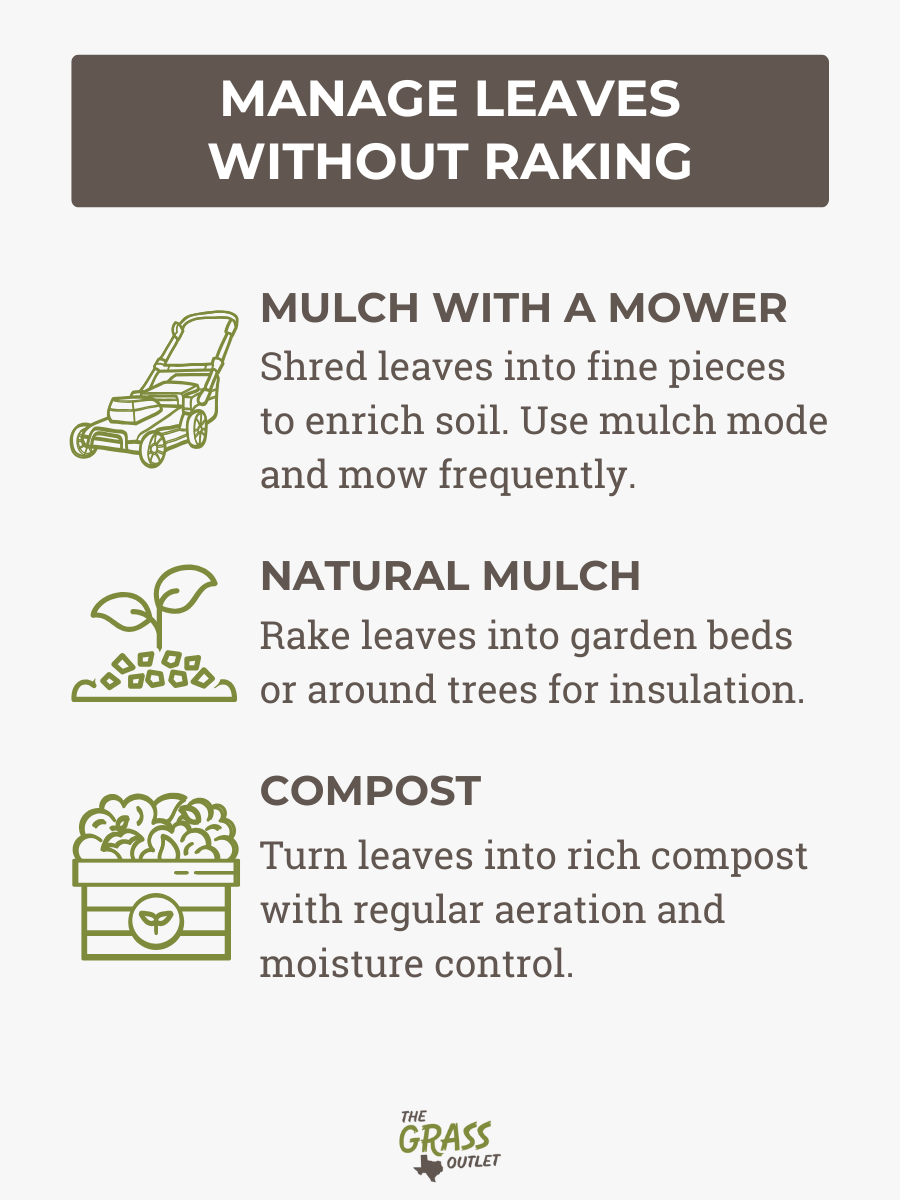
You can also repurpose leaves by raking them off grassy areas into garden beds or around trees, where they act as natural mulch and insulation, helping protect plants through winter. This method also helps transfer insect larvae to safer spots, preserving beneficial wildlife.
Composting is another option for those looking to use leaves over the long term. However, composting leaves requires more than simply piling them up; it involves regular turning for aeration and maintaining the right moisture level to ensure proper decomposition.
By following these practices, you can effectively manage leaves, enriching your garden while minimizing waste and environmental impact.
The Middle Ground: Rake Strategically
Taking a strategic approach to raking allows you to manage leaves without unnecessary effort while still reaping the ecological benefits they offer. In high-traffic areas or spots where leaves accumulate heavily, raking is practical to prevent smothering grass or creating slip hazards. However, leaving leaves to decompose naturally in less visible areas of your yard is a sustainable and low-effort way to enrich the soil over time.
There’s no need to clear leaves for garden beds and around shrubs or bushes. They’ll gradually break down, providing a rich layer of mulch by spring. Just be mindful of raking leaves away from the crowns of perennial plants to prevent mold or rot. Meanwhile, leaves near decks, patios, and walkways should be cleared, as they can stain surfaces and create hazards if left through winter. It’s also wise to keep gutters clear to prevent blockages.
If you have wooded areas or yard edges, consider raking leaves into small piles along these perimeters. Here, they can decompose naturally and offer a habitat for wildlife, from insects to small animals, all while staying out of sight and out of the way. By raking selectively, you balance yard care with the ecological benefits of fallen leaves, creating a healthier and more resilient outdoor space.

Conclusion
Deciding whether to rake leaves or let them decompose isn’t a one-size-fits-all answer—it depends on your lawn’s specific needs and personal preferences.
While raking can keep high-traffic areas and dense leaf piles in check, allowing some leaves to break down naturally can enrich the soil, support local wildlife, and reduce waste. By taking a strategic approach—raking where necessary and leaving leaves to decompose in less visible areas—you can maintain a healthy, vibrant lawn that benefits the environment.
If you’re unsure about the best approach for your lawn, contact The Grass Outlet for expert advice and assistance. Explore our resources to keep your lawn healthy year-round and achieve the perfect balance for a beautiful, eco-friendly yard this fall!
